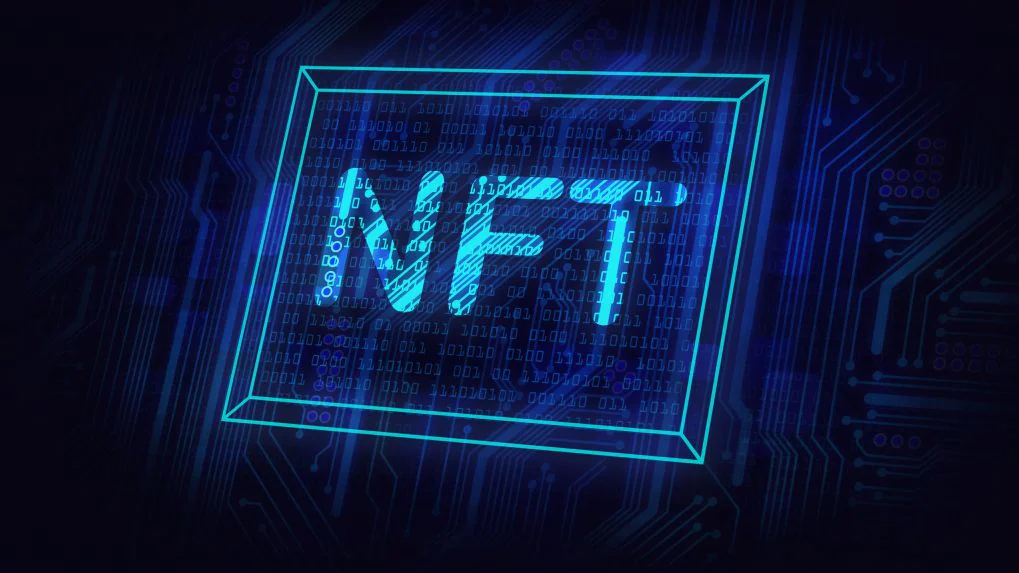NFTs have taken the world by storm. These digital assets have attracted enormous interest from investors, including A-list celebrities, even selling for millions of dollars in some instances. The use cases of NFTs have also evolved significantly over the last couple of years.
They are no longer just an avenue for digital art; they have also been used for ticketing, charity, supply chain management, real estate and more. It is perhaps the fastest evolving sector of blockchain technology. And the latest advancement in the digital asset space is dynamic NFTs.
Dynamic NFTs are a step up from the static and unchanging digital assets we’ve become familiar with. They offer a new world of possibilities, where NFTs constantly change based on external events and conditions.
In this article, we will quickly go through dynamic NFTs, how they differ from static NFTs and their possible use cases.
What are dynamic NFTs?
Every NFT has certain metadata attached to it. This data describes the attributes of the NFT. For instance, the metadata of a Bored Ape Yacht Club artwork would include details such as the name/number of the piece, the colour of the background, characteristics of the Bored Ape’s outfit, etc.
In static NFTs, the metadata does not change. Therefore, the attributes and appearance of the NFT remain the same. However, with dynamic NFTs, metadata is programmed to be updated based on events from the real world.
These NFTs have built-in smart contracts that receive data from oracles, triggering changes in the token’s metadata. An oracle is like a bridge between on-chain code and off-chain infrastructure, allowing blockchains to react to real-world events and interoperate with traditional systems.
The smart contract is encoded with instructions that determine when and how the NFT’s metadata should change based on the inputs from the oracle. This allows the attributes of the NFT to change while its unique identifiers remained stored permanently on the blockchain.
Examples of dynamic NFTS
One of the best examples of a dynamic NFT is the ‘Association’ collection by the NBA. Launched in April 2022, the collection features 75 dynamic NFTs, one for each player from the 16 different teams participating in the NBA playoffs. As the playoffs progressed, the traits and accessories of the NFTs would change, reflecting the player’s dunks, three-pointers, rebounds, blocks, and assists. The frame and background of these NFTs were also updated based on the team’s performance.
Other dynamic NFTs include LaMelo Ball’s Gold Evolve NFT and Beeple’s Crossroad NFT. Both these NFTs changed their appearance based on real-world events.
Beeple’s crossroad changed based on the result of the US Presidential election, depicting Trump’s corpse rotting in a park after Biden won the contest. On the other hand, the LaMelo Ball NFT depicted the NBA player dribbling a ball which turned turn gold when he won the rookie of the year award.
Possible use cases of dynamic NFTs
Dynamic NFTs could find use cases in several industries and sectors thanks to their permanent storage and editable attributes. Here’s a look at some of these use cases.
Real Estate
Instead of a static NFT just deciphering ownership, a dynamic NFT could give a more comprehensive idea of the property and the changes made over the years. It could provide updates on the property’s age, maintenance history, previous sales, etc.
Fantasy Sports
Dynamic NFTs could also be used to create sports cards that update the player’s statistics based on the player’s current performance. The cards can be connected to data from sports websites and keep changing as long as the player is active.
Gaming
Gaming NFTs are already quite popular. Whether it is an in-game purchase or artwork based on a character within the game, a dynamic NFT could update as you level up. Popular gaming platforms are already introducing NFTs, and it won’t be long before they switch to dynamic NFTs to give players a more customised ownership experience.
Passports
If all passports were dynamic NFTs, they could be stored on smartphones, and keep getting updated with data from government websites. This makes it more convenient at airports and even Visa applications.
Conclusion
Dynamic NFTs are a paradigm shift in the digital asset industry. Several projects are already working with this technology to launch innovative new NFT collections. However, until now, we have just scratched the surface of dynamic NFTs. This novel kind of digital asset could unlock several more doors in the future, bringing use cases we probably haven’t even thought of yet.

No Comments Yet